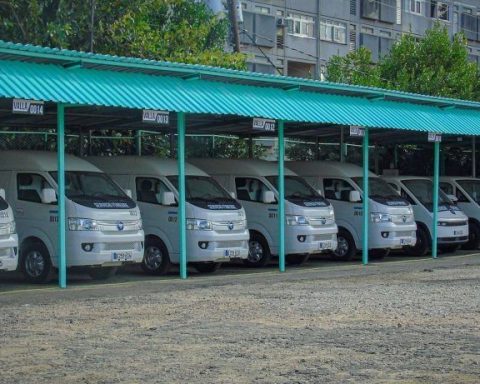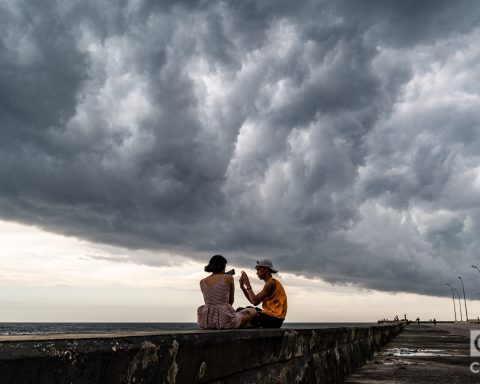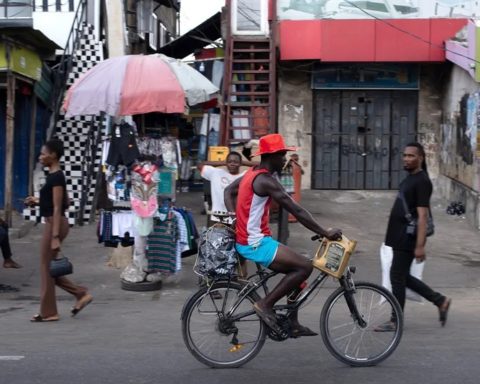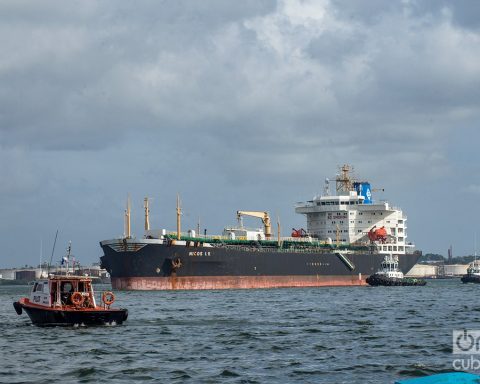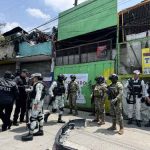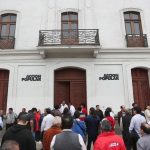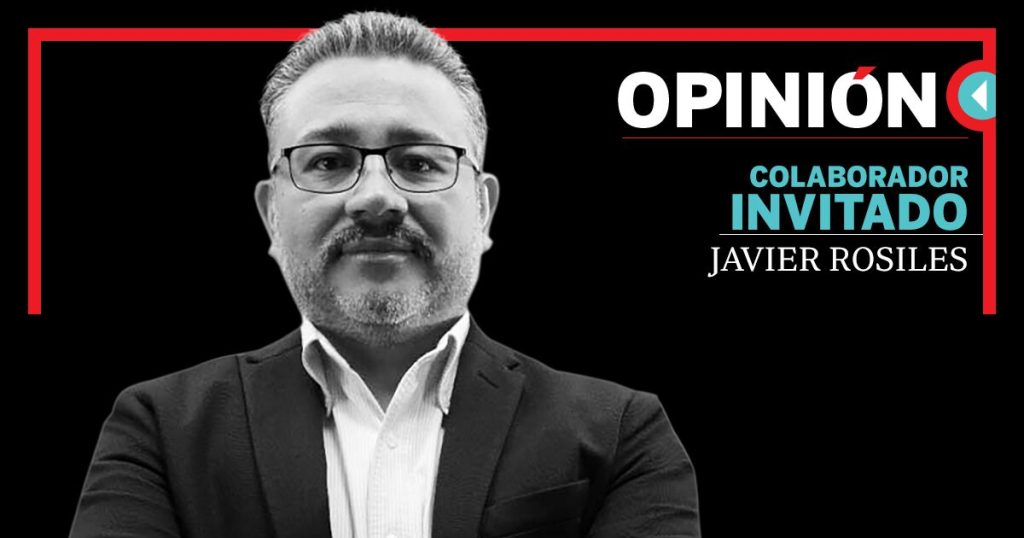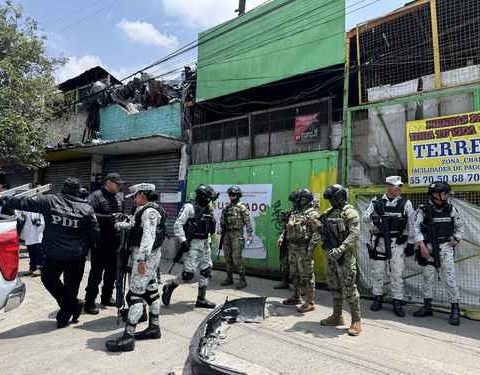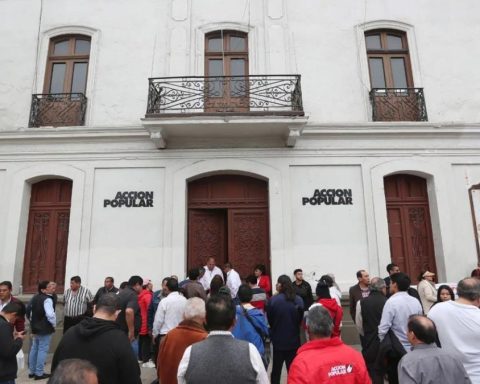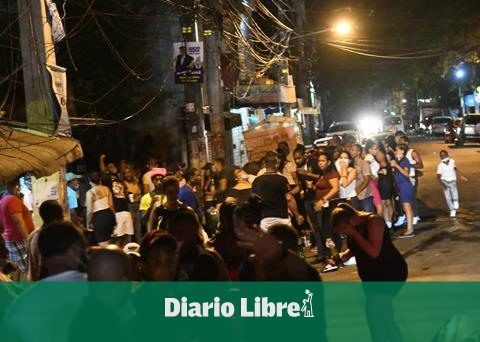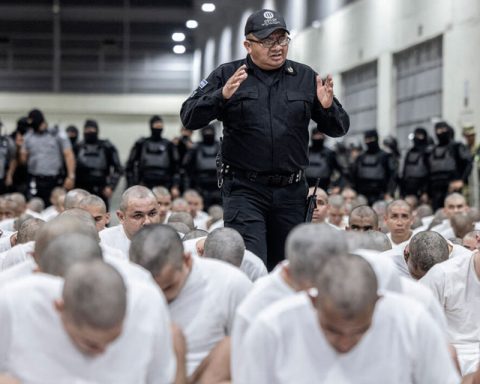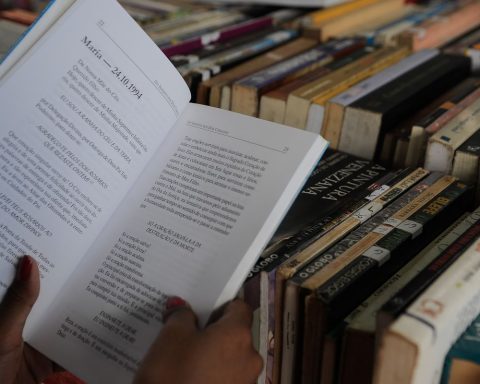HAVANA, Cuba. – Between December 31, 2023, and August 2024, at least five young men died while performing Active Military Service (SMA), which is mandatory for men in Cuba. Three of them committed suicide.
Adrian Rodriguez (died in an accident, on December 31, 2023), Leodanis Verdecia (cause of death unknown; died January 21, 2024), Alain Roberto Lao (suicide, March 18, 2024), Leandro Munoz Zamora (suicide, June 12, 2024) and Flavio Alonso Stone (suicide, August 8, 2024) were only between 19 and 21 years old.
Given the lack of transparency of the Cuban authorities, the news has been reported in independent media outlets and social networksfollowing complaints from family and friends.
According to Archivo Cuba (AC), of the 79 deaths and disappearances documented in 2023 Of the 11 cases attributed to the Cuban State, 11 occurred during the SMA. In addition, of the nine cases recorded as “extrajudicial murders,” one is that of a young man who was serving the SMA: Ernesto Miranda was only 18 years old; his family refuted the official report of an alleged suicide.
The non-profit organization, founded in 2001 to promote human rights, reported Likewise, between 2018 and 2023, a total of 24 people died while they were integrated into the Revolutionary Armed Forces (FAR) or the SMA. Of the 54 cases of “extrajudicial executions”, seven correspond to young people who were in the SMA.
In total, Archivo Cuba, with its “Truth and Memory” project, has been able to document 54 cases of young people who died while serving their SMA. For its part, CubaNet has developed a database non-exhaustive, including 31 cases of young people who died in the SMA between 2005 and 2023.
Both records show that the main cause of death is suicide, one of the 10 main causes of death in Cuba according to the Demographic Yearbook 2022 (where it appears as “intentionally self-inflicted injuries”). However, the suicide rate at the SMA is not officially reported and, according to María Werlau, executive director of Archivo Cuba, it must be very high: “It is the third cause of death for the group that comprises military age in Cuba.”
The Military Prosecutor’s Office considers suicide as an attempt at desertion that can be punished with more than 10 years in prison, Werlau explained in a statement. investigation in which it describes SMA as “human trafficking with a lethal cost.”
Other leading causes of death are accidents and negligence, as well as lack of medical care.
According to the new Military Penal Code, approved in July 2023 by the National Assembly of People’s Power, those who evade – or attempt to evade – the SMA could face up to five years in prison. Young people cannot even claim “conscientious objection” to escape it, since the 2019 Constitution prohibited the use of this justification. Despite this, in May 2022, an official from the Cuban Ministry of Foreign Affairs (MINREX) denied before the UN that recruitment was mandatory.
Minors recruited
Cuba is one of the 25 countries with compulsory military service. Along with North Korea, Havana is the only one that currently forcibly recruits minors. Cuba also stands out among the countries where SMA lasts the longest.
This human trafficking scheme violates Cuba’s own laws on minors and forced labor, as well as many international agreements ratified by the country.
Recruits are separated from their families and sent to distant military units. “Conditions are often deplorable, medical care is scarce and food is very poor. People even go hungry, which affects children who are still growing,” says Werlau.
This ordeal leaves “deep and lasting physical and psychological scars on the recruits,” he added.
Since 1966, Cuba has been training students between the ages of 12 and 17 in the so-called “Camilo Cienfuegos” Military Schools, known as “Camilitos,” belonging to the FAR. In this way, the researcher explains, the regime “trains more than 70% of the officers and 50% of the generals and colonels.”
This “means long family separations for very young boys, interruption of their educational plans and an ordeal of exploitation, hunger, dirt, mistreatment and punishment. In both the SMA and the Youth Labour Army, military discipline is humiliating, superiors have a low level of education and mistreat and abuse recruits. Passes home are arbitrarily suspended and indiscipline leads to punishment cells and prison sentences of years. Escapes are severely punished, even with execution. Accidents are frequent and many are fatal. Often, young and untrained boys fire their weapons, causing injury or death to themselves or their comrades,” he added.
The mental problems of young people who enter the SMA with these types of conditions are also aggravated, and many who did not have them develop them. Self-harm or mutilation with the aim of being discharged from service or being passed are also common.
In 2019, the Supreme People’s Court made an extraordinary publication of the Official Gazette reporting that, given the increase in “self-harm” by soldiers, Recruits would begin to be punished to resort to this practice.
Cannon fodder: more than six decades of taking lives
Active Military Service has been compulsory in Cuba since 1963. Every year, thousands of young men between the ages of 17 and 28 are recruited in Cuba for the SMA. According to the Demographic Yearbook of Cuba (last published version, July 2023), in 2022 there were 1,022,644 men in Cuba between the ages of 15 and 29 (military age ranges from 17 to 28 years).
This large reserve of men with military training has even been used in armed conflicts.
According to Werlau, during the Angolan war (1975-1991), Cuba sent 377,033 soldiers and 50,000 civilian collaborators to the African country.
“It is estimated that Cuba earned between $4.8 and $9.6 billion during the 16 years of conflict with monthly payments of about $1,000 per soldier and $2,000 per officer, not counting its income from the plundering of ivory, diamonds, precious woods and other Angolan assets,” the researcher explains.
Meanwhile, soldiers were paid a pittance of between $8.5 and $17 a year.
Cuba’s official death toll was 2,085, but the list has never been published and some experts believe it is much higher.
Cuba is also reportedly using these young soldiers to provide cannon fodder for the Russian invasion of Ukraine.
They are “a large captive reserve of young people mostly mired in poverty and despair. Many already have military training, which makes them valuable assets for a distant war; others seek to evade the harsh mandatory service in Cuba and may be forced to choose to do so there or abroad, where they will receive some money, a fortune for Cuba, and promises they cannot aspire to at home,” says Werlau.
In this way, “Russia obtains soldiers for its invasion of Ukraine and the Cuban regime manages to alleviate its bankruptcy by strengthening its alliance with Putin to obtain oil, food and other things, as well as, perhaps, a commission per soldier,” explained the researcher.
Despite efforts to expose and denounce this situation, Werlau acknowledges that the documented cases of deaths do not represent the real number of victims, which “is thought to be much higher.”
“The cost in lives of military service over six decades could reach hundreds, perhaps thousands, in addition to those of the war in Angola and other armed interventions in Cuba,” he added.

